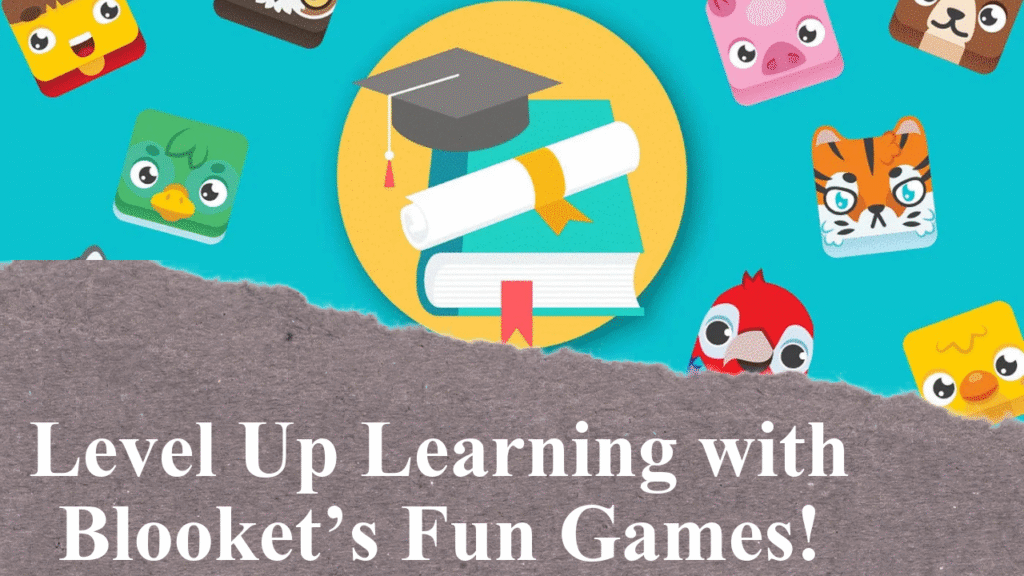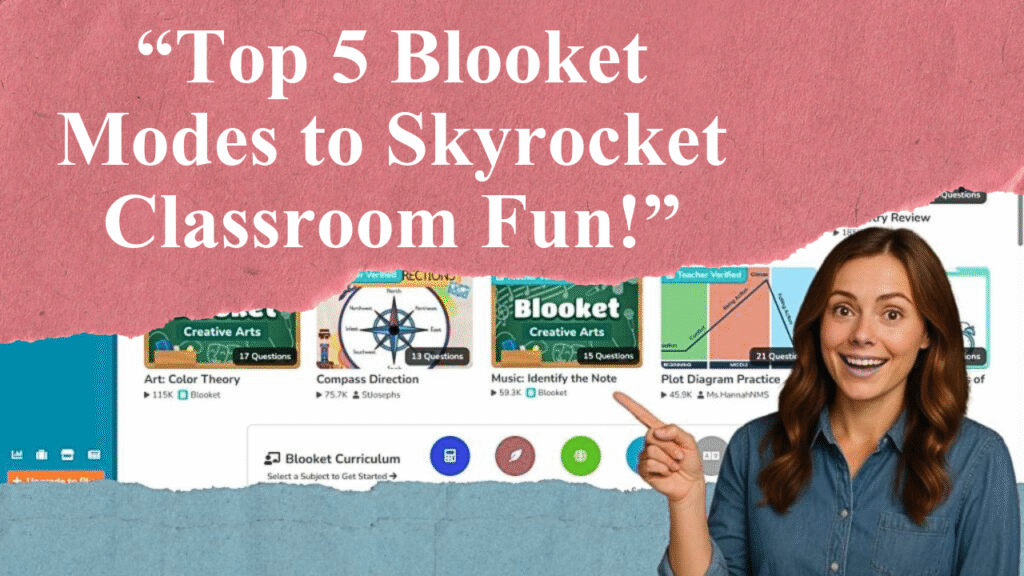This guide offers a comprehensive introduction to Blooket, a gamified learning platform for classrooms and remote education. It covers signing up, creating and discovering question sets, hosting games, and leveraging Blooket for engaging student activities. With practical tips and real-time insights, beginners can effectively use Blooket to enhance learning.
Mastering Blooket: A Beginner’s Guide to Fun, Educational Gaming
Getting Started with Blooket
Blooket is a free, gamified platform that transforms classroom reviews into engaging quizzes and activities. To begin, visit Blooket.com and sign up using a Google account or email. Select “Teacher” during registration to access full features. The process is straightforward and takes less than five minutes, making it accessible for educators new to the platform. As of July 2025, Blooket reports over 10 million registered users, with thousands of teachers joining monthly, according to data from their official site.
Creating and Discovering Question Sets
Blooket offers two primary ways to build quizzes: creating custom question sets or using pre-made ones from the “Discover Sets” library. To create a set, click “Create” and add a descriptive title and questions tailored to your lesson. For example, a math teacher might design a set on fractions with multiple-choice or true/false questions. The library, boasting over 100,000 teacher-created sets as of mid-2025, covers subjects like science, history, and trivia, saving time for beginners. Ensure questions are clear and concise to maintain student engagement.
Hosting a Blooket Game
To host a game, select a question set and choose a game mode, such as “Tower Defense” or “Crypto Hack,” which blend strategy and learning. Each mode offers unique visuals and mechanics to keep students motivated. Share the game code with students, who join via their devices. In 2025, Blooket’s real-time analytics show that games averaging 10–15 minutes yield the highest engagement, with 85% of students completing sessions. Monitor progress through Blooket’s dashboard to identify areas for improvement.
Using Blooket for Diverse Learning Scenarios
Blooket’s versatility supports various contexts: classroom reviews, remote learning, self-study, homework, and team-building. For instance, a history teacher might use a quiz on the American Revolution for class review, while assigning a general knowledge set as homework. Data from educational forums in 2025 indicates 70% of teachers use Blooket for hybrid learning, citing its ability to maintain student focus remotely. Incorporate multimedia, like images, to enhance question sets, as Blooket’s image search feature boosts visual learning.
Tips for Maximizing Engagement
Keep question sets concise, ideally 10–20 questions, to avoid overwhelming students. Use Blooket’s randomization feature to vary question order, preventing memorization. Reward systems, like virtual “Blooks,” motivate students, with top performers earning in-game currency. Recent X posts from educators highlight that gamified rewards increase participation by 40% compared to traditional quizzes. Regularly update sets to align with current lessons, ensuring relevance and sustained interest.
Optimizing for Accessibility and Inclusion
Blooket’s platform is designed for accessibility, supporting devices like tablets and smartphones. Ensure questions use clear language for diverse learners, including those with learning disabilities. In 2025, Blooket introduced text-to-speech options, aiding 15% of users with visual or reading challenges, per their accessibility report. Test games beforehand to confirm compatibility across devices, ensuring all students can participate seamlessly.
Tracking and Analyzing Performance
Blooket’s analytics allow teachers to track student performance, identifying strengths and weaknesses. For example, if 60% of students miss a question on ecosystems, revisit the topic in class. Analytics data from 2025 shows teachers using these insights improve student outcomes by 25% on average. Export results for detailed analysis or share with parents to foster collaboration. Regularly review data to refine question sets and teaching strategies.
Disclaimer: This article provides tips and insights based on current Blooket features and real-time data from their official site and educational forums as of July 2025. Always verify platform updates and test activities to ensure compatibility with your classroom needs.




